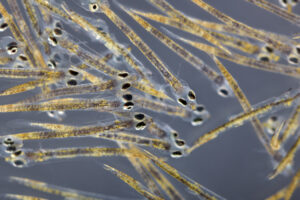
Microbial interactions with cultured marine fish larvae
A literature review of interactions between water microbiota, live food microbiota, immune system and gut microbiota, and biofilm microbial communities in rearing systems.
A new technique tapping into innate immunity and first proven in honeybees could mark a major shift in disease prevention in shrimp aquaculture.

A literature review of interactions between water microbiota, live food microbiota, immune system and gut microbiota, and biofilm microbial communities in rearing systems.
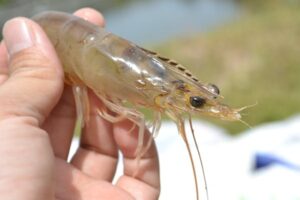
Co-op says that by 2027 its shrimp sourcing policy will forbid eyestalk ablation and require electrical stunning pre-slaughter.
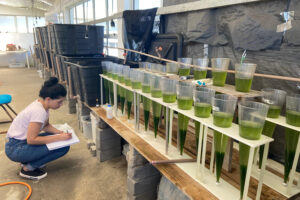
Base estimations of total suspended solids on turbidity, a quick, easy and practical unit of measurement to analyze throughout production.
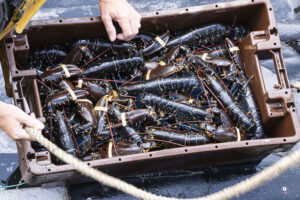
Growing demand for ethical food is pushing the UK seafood industry to prioritize crustacean welfare, improved quality and worker satisfaction.
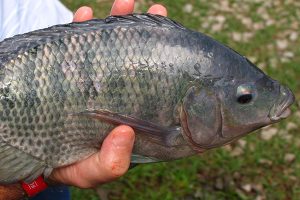
FAI’s latest online course helps fish farmers improve tilapia welfare, boost productivity and promote sustainability in global aquaculture.
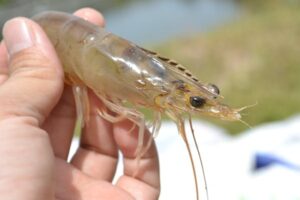
New Seek Labs tool detects White Spot Syndrome Virus in shrimp 24 hours post-infection, offering a cost-effective, lab-free solution.
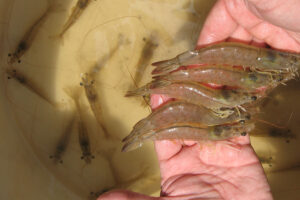
The GWI is a quantifiable tool for aquaculture welfare assessment, encouraging enhanced animal welfare through responsible practices.
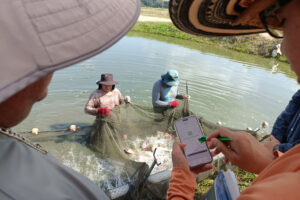
A bottom-up approach to train farmers with science-based tools fosters transparency and continuous improvement in aquatic animal welfare.
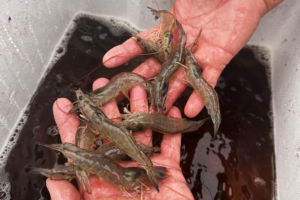
Careful photoperiod management is crucial for indoor aquaculture systems to improve shrimp quality and yield. Avoid a continuously dark environment.
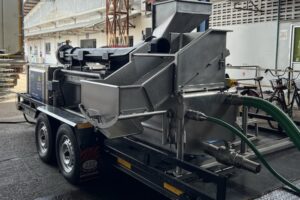
Shrimp producer Sea Farms in Thailand has adopted Ace Aquatec’s humane stunning system with cooperation from Shrimp Welfare Project.
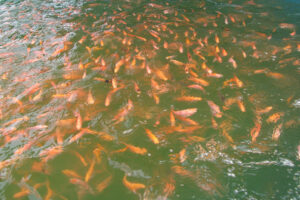
Farmed tilapia viral outbreaks can be reduced with sufficient knowledge of viral diseases to implement effective prevention and control measures.
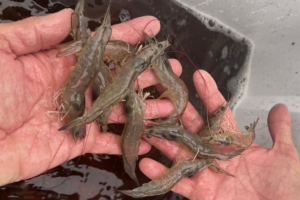
Dietary supplementation with grape polyphenols promoted growth, survival, final biomass and feed conversion for P. vannamei.
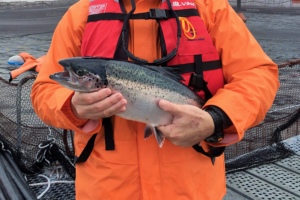
How well does mucosal mapping technology measure and evaluate mucosal epithelia in the skin, gills and gastrointestinal tract of 15 fish species?
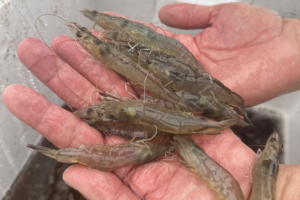
Incorporating yeast-based products into P. vannamei diets improves shrimp biomass yield and immune function against Vibrio parahaemolyticus.
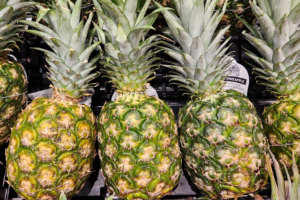
Manipulating gut microbiota with phytochemicals like bromelain can help manage farmed shrimp diseases like AHPND and possibly other Vibrios.